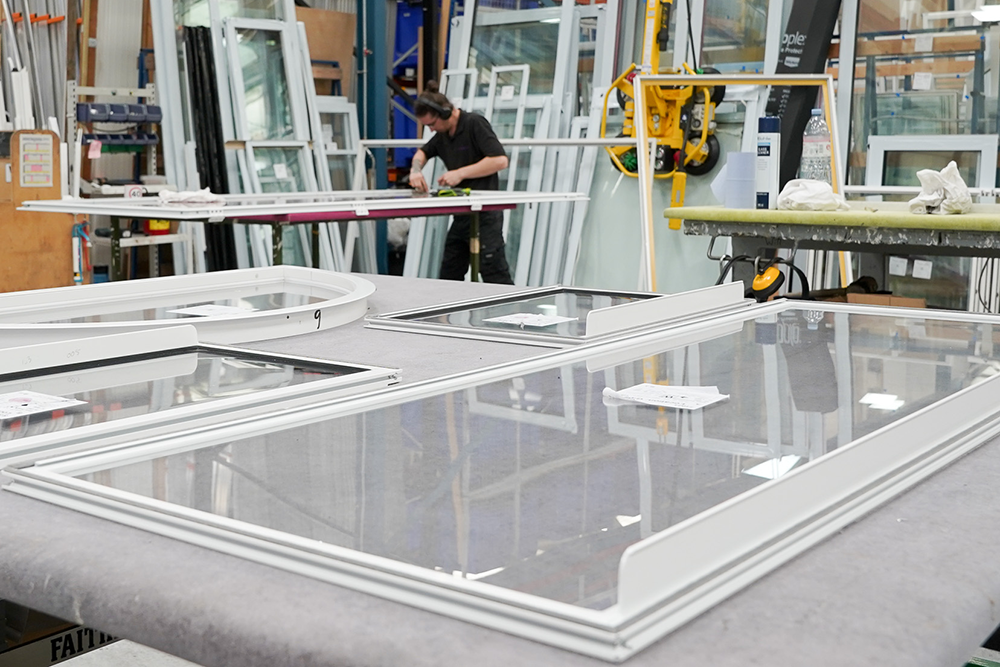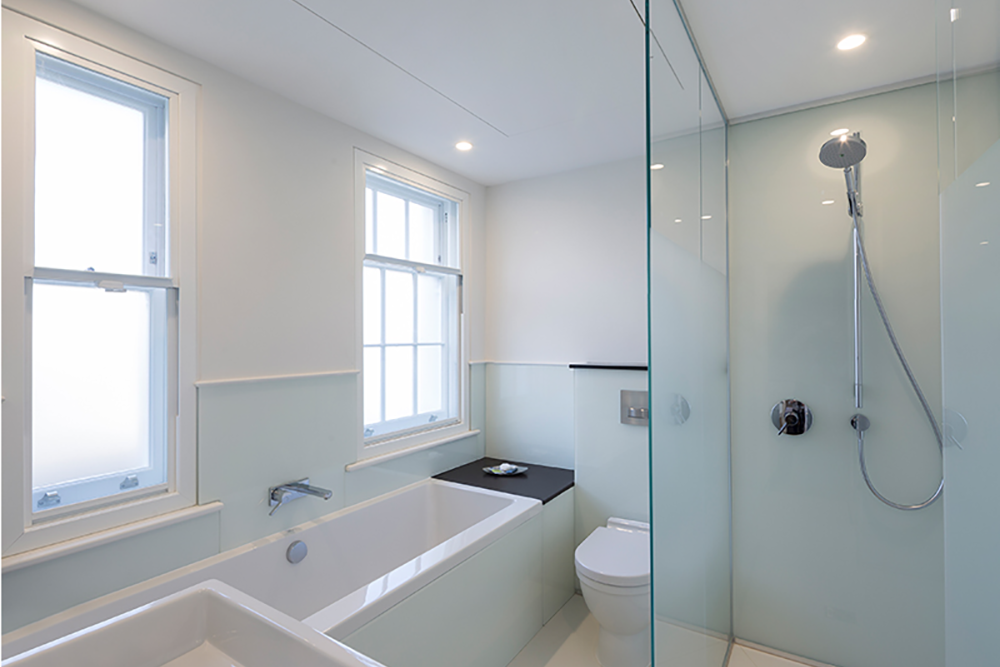When it comes to secondary glazing, your choice of glass is one of the most important decisions you make.
So we’ve put together this clear, transparent guide to glass, to help you choose wisely.
- Date
- Category
- Secondary Glazing in Practice
1. Your glass options, explained
| Toughened glass | Heat-treated to increase its strength, making it more resistant to breakage. If it does break, it shatters into small, blunt pieces, reducing injury risk. It is stronger and safer than float or annealed glass. All our glass is toughened as standard or laminated. |
|---|---|
| Insulated Gas Units (IGUs) | IGUs are a modern version of sealed units (DGU - double glazed, TGU - triple glazed or more) containing insulated gases like argon or krypton inbetween the panes, offering improved thermal insulation. |
| Low-Emissivity (low-E) glass | Contains a tough metallic coating on the surface facing the cavity, reflecting infra-red heat back into the building, resulting in higher thermal insulation than standard IGUs. |
| Vacuum glass | Also known as high-performance vacuum sealed units. Instead of insulated gas between the panes, there is a vacuum – which leads to the most effective heat insulation. Vacuum glass has small black dots embedded to separate the panes and provide a void for the vacuum. While it’s not noticeable unless you look closely, it can be an aesthetic consideration for some clients so it is an important feature to remember. |
| Acoustic glass | Made of laminated glass available in varying thicknesses starting from 6.4mm. A 6.8mm acoustic glass, for example, comprises of two layers of 3mm glass with a 0.8mm acoustic interlayer in between whereas a 6.4mm acoustic glass includes a 0.4mm acoustic interlayer. The central layer of vibration absorbing material helps reduce sound before it travels through the second pane. |
| Laminated glass | Typically consists of a polyvinyl butyral (PVB) interlayer. The strong interlayer helps to bond panes of glass together, creating a durable but completely transparent finished product. It’s available in a range of thicknesses. Laminated glass with a 1.52mm interlayer is known as anti-bandit as it has impact resistant properties. |
| GRP Polycarbonate |
Security glass that combines heat strengthened 4 - 6mm glass, resin bonded to polycarbonate, providing exceptional strength against attack while maintaining transparency. |
| UV protection glass | A laminated glass in 6.8mm thickness which offers 99% UV protection. |
| Opaque glass | A special, typically laminated, glass which provides maximum obscurity with maximum light. |
| Patterned glass | Also known as decorative glass, features a specific pattern or design on its surface. |
| Extra clear glass | Also known as ultra clear glass, is manufactured by removing most of the iron content which contributes to glass’s ‘natural’ green tint. |
2. Which glass is right for you?
Your choice of glass will depend on the performance requirements - Are you in need of sound insulation, for quieter conditions? Do you want to keep interiors warmer, and buildings more energy efficient? What about safety, security and privacy? Consider all of this before you make your choice. And bear in mind that different types of glass come in a range of thicknesses and can deliver multiple benefits.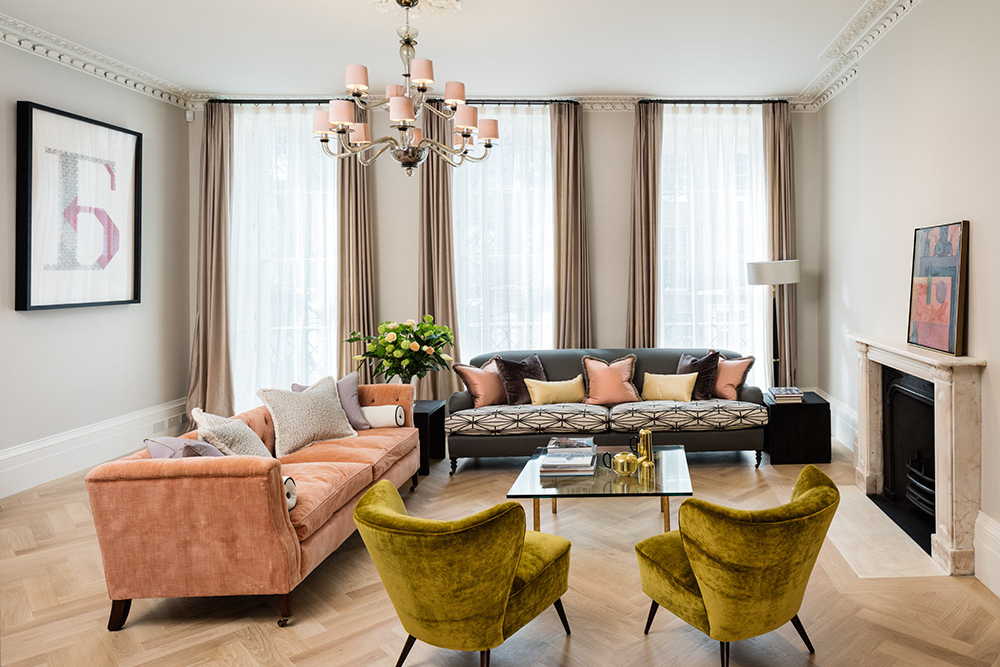
Best glass for warmer interiors?
If you’re looking to improve a building’s thermal performance, choose a glass that will lower U-Values. Low-E glass is commonly used to improve energy efficiency, improve U-values to 1.8 - 1.9 W/m2K and meet building regulatory requirements. It can keep buildings warm in winter and cool in hot weather by regulating infra-red heat. Low-E IGUs include gas insulation with two panes of low-E coated glass. If your project targets U-value improvement to 1.35 W/m2K or lower, consider vacuum glass. Vacuum glass is thin enough for our slimline products and provides excellent thermal performance.Best glass for quieter conditions?
While the science of improved acoustic performance can sound quite complicated, the practice is relatively simple. The thicker the secondary glazing, the higher the level of sound insulation. This applies to toughened glass, laminated glass and acoustic glass. To block out sounds at higher frequencies, like jet aircraft noise, specialist acoustic glazing will provide even greater insulation. Vacuum glass offers excellent acoustic performance. To achieve optimal noise reduction, acoustic specifications must take into account the cavity between the primary window and secondary glazing. A wider gap provides superior sound insulation.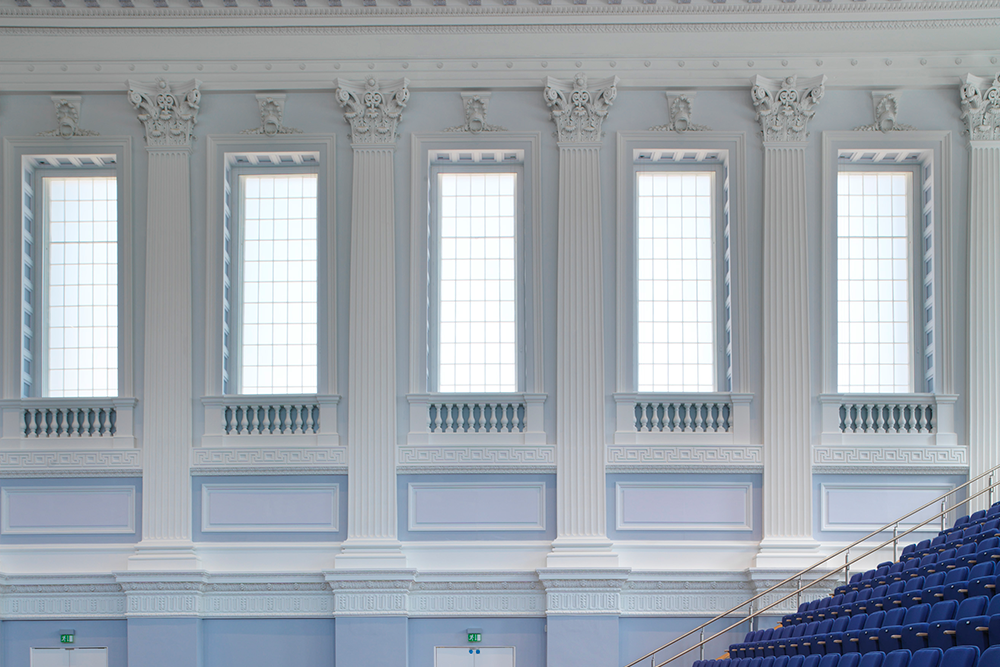
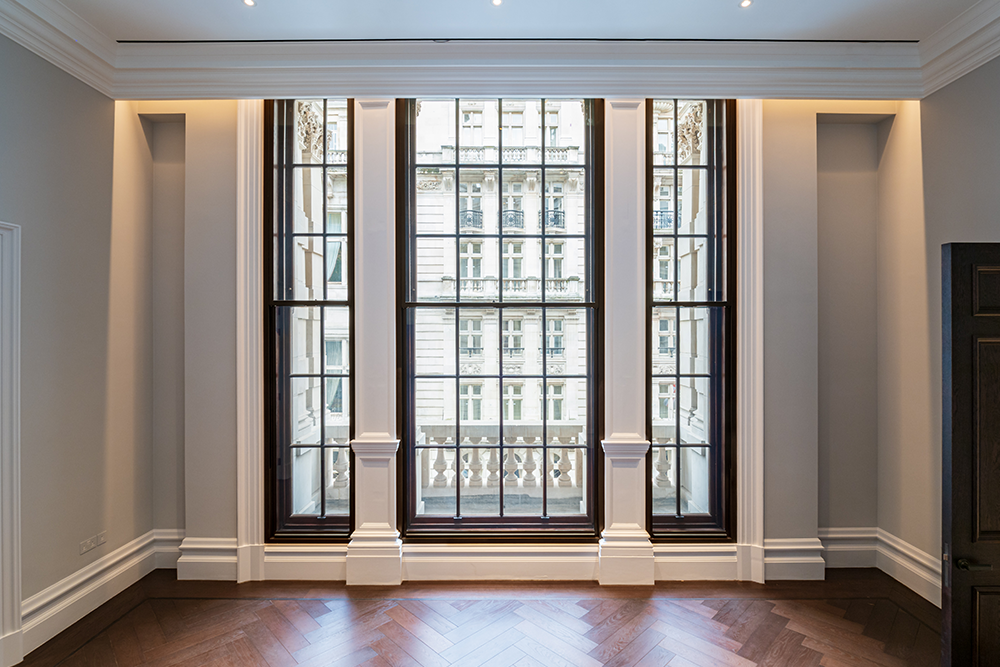
Best glass for safer spaces?
For lower risk intruder protection, choose anti-bandit laminated glass - an opportunist burglary deterrent. For even greater levels of protection, consider specialist security glass with security-enhanced frames and multipoint locking. For protection from bullets, it’s vital to fit specialist glass, such as GRP Polycarbonate. For blast mitigation, laminated glass (with PVB interlayers for an extra level of protection) can protect against the equivalent of 100Kg TNT, detonated at distances between 15m and 45m from the target. For fire resistance, fire integrity glass is designed to resist the spread of flames and smoke. With 30-minute integrity, the glass gives occupants vital time to escape.Looking for other performance glass?
Smart glass (electrochromic or photochromic) can change from transparent to opaque at the flick of a switch, or in response to sunlight. Excellent for extra-privacy. For 99% UV protection, choose laminated glass in 6.8mm thickness. While helping protect works of art, it also allows in natural light.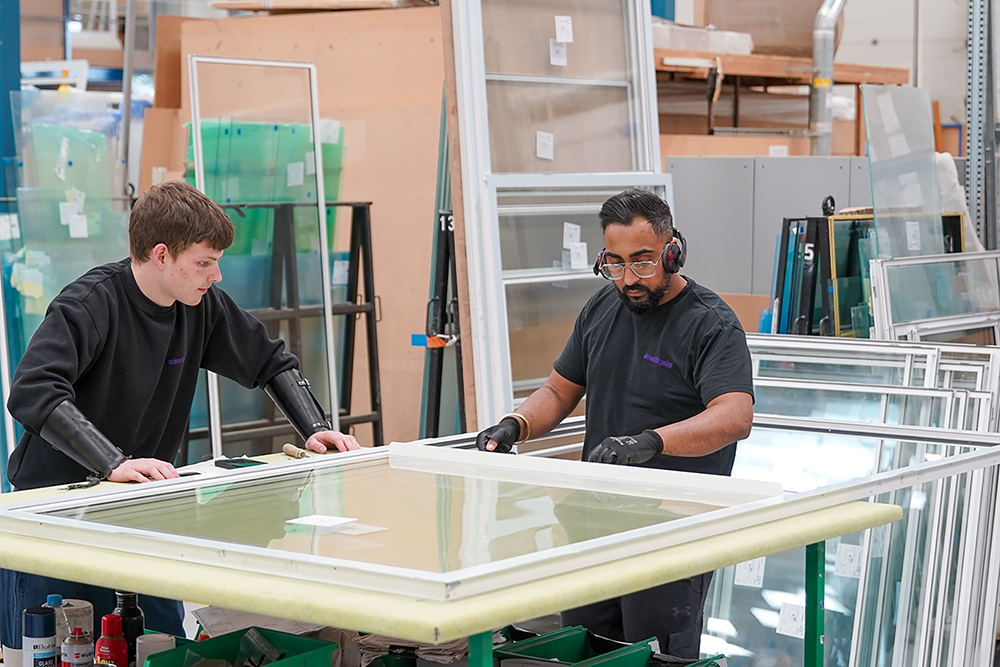
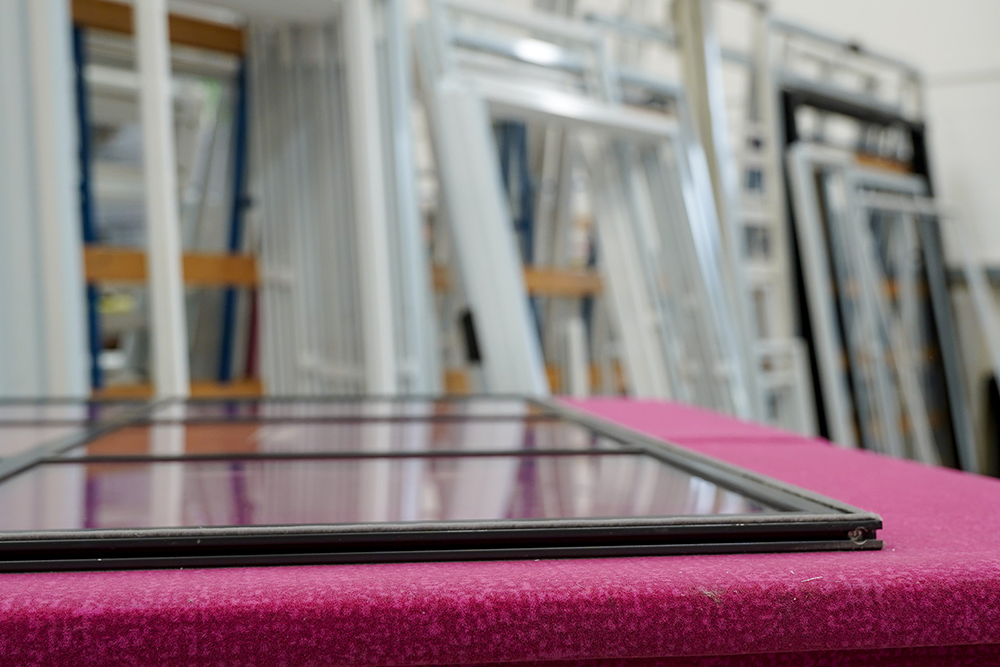
3. Aesthetics and practicalities
If you wear glasses, you're likely aware of how lens thickness can influence your choice of frames. The same principle applies to our frames. The thicker (and heavier) the glass, the thicker the frames need to be. This is crucial to consider if you're aiming for the most discreet secondary glazing. Our slimline frame options accommodate glass thicknesses up to 6.4mm, mid-range frames fit glass up to 8.8mm, and heavy-duty frames are suitable for glass ranging from 6mm to 12.8mm.4. Be project-aware
As with all construction and restoration projects, you’ll need to consider costs, lead times and availability. Glass can vary greatly in cost depending on the type, performance features and manufacturing process. So you may need to balance budget, performance and aesthetics. At Selectaglaze, our Technical Advisors will be happy to advise on everything from costs to supply chain considerations.